Title: A Comprehensive Guide to Work Shoes and Boots: Purchase Price, Usage, Protective Features, and Best Uses Introduction: Work shoes and boots are essential footwear for individuals engaged in demanding occupations or industries that require additional protection for their feet. Designed to provide comfort, durability, and safety, work shoes and boots are available in various styles, each catering to specific work environments and activities. This comprehensive guide aims to shed light on the purchase price range, common uses, and important properties of work shoes and boots, helping readers make informed decisions when investing in this critical piece of safety gear. I. Purchase Price Range: The purchase price of work shoes and boots can vary significantly depending on several factors, including the brand, the materials used, the level of protection offered, and the specific features incorporated. Generally, work shoes and boots are available in a wide price range, starting from as low as $50 and going up to $300 or more. While costlier options often indicate higher quality and additional protective features, it is crucial to carefully consider the specific requirements and budget before making a purchase. II. Uses of Work Shoes and Boots: Work shoes and boots serve a multitude of purposes across various industries and professions.
safety ware
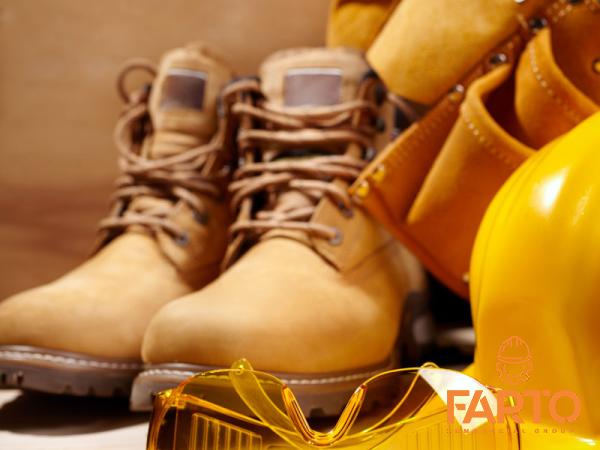 Some common uses include: 1. Construction and Industrial Work: Construction workers, heavy machinery operators, and industrial laborers require work boots that offer superior toe protection, puncture resistance, and sturdy slip-resistant soles. These boots are often reinforced with steel or composite toe caps, providing an additional layer of safety against falling objects or heavy machinery accidents. 2. Healthcare and Hospitality: Healthcare professionals, such as nurses and doctors, as well as individuals working in the hospitality sector, require comfortable and slip-resistant work shoes. These shoes often feature anti-fatigue properties to support those who spend long hours on their feet. Additionally, they may also possess moisture-wicking capabilities to maintain hygiene and prevent foot-related ailments. 3. Electrical and Hazardous Environments: Electricians, as well as individuals working in environments with electrical hazards or chemical spills, need specialized work shoes that provide electrical resistance and chemical protection. These shoes often incorporate non-conductive, anti-static, or electric shock-resistant properties to ensure the safety of the wearer. 4. Outdoor and Agricultural Work: Farmers, gardeners, and outdoor laborers require work shoes and boots with enhanced water resistance, insulation, and traction.
Some common uses include: 1. Construction and Industrial Work: Construction workers, heavy machinery operators, and industrial laborers require work boots that offer superior toe protection, puncture resistance, and sturdy slip-resistant soles. These boots are often reinforced with steel or composite toe caps, providing an additional layer of safety against falling objects or heavy machinery accidents. 2. Healthcare and Hospitality: Healthcare professionals, such as nurses and doctors, as well as individuals working in the hospitality sector, require comfortable and slip-resistant work shoes. These shoes often feature anti-fatigue properties to support those who spend long hours on their feet. Additionally, they may also possess moisture-wicking capabilities to maintain hygiene and prevent foot-related ailments. 3. Electrical and Hazardous Environments: Electricians, as well as individuals working in environments with electrical hazards or chemical spills, need specialized work shoes that provide electrical resistance and chemical protection. These shoes often incorporate non-conductive, anti-static, or electric shock-resistant properties to ensure the safety of the wearer. 4. Outdoor and Agricultural Work: Farmers, gardeners, and outdoor laborers require work shoes and boots with enhanced water resistance, insulation, and traction.
Specifications of safety ware
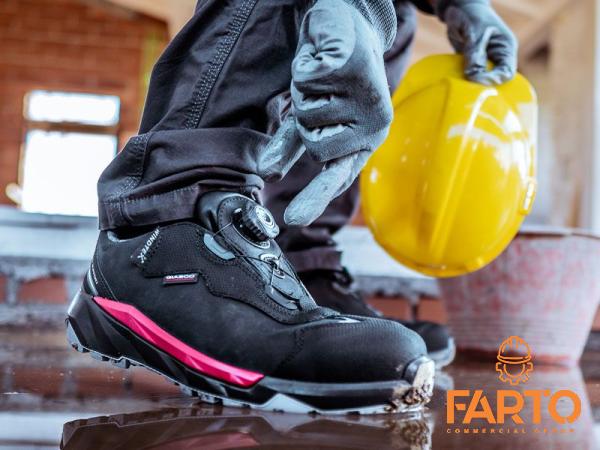 These shoes often feature reinforced toe caps, waterproof membranes, and rugged outsoles to withstand harsh outdoor conditions, protect against injuries, and maintain stability on uneven surfaces. III. Properties and Features of Work Shoes and Boots: When investing in work shoes and boots, it is crucial to understand the different properties and features available to ensure optimal protection and comfort. Some key considerations include: 1. Material Construction: Work shoes and boots are commonly constructed using genuine leather, synthetic materials, or a combination of both. Genuine leather offers durability and water resistance, while synthetic materials can provide added flexibility and breathability. Choosing the right material depends on the specific work environment and personal preferences. 2. Sole Construction: The sole of work shoes and boots plays a critical role in ensuring stability, slip resistance, and shock absorption. Common types of soles include rubber, polyurethane, and thermoplastic polyurethane (TPU). Rubber soles typically offer good traction on various surfaces, while polyurethane and TPU soles are lightweight and provide excellent shock absorption. 3. Toe Cap Options: Work shoes and boots may be equipped with different types of toe caps to protect against impact and compression injuries. Steel-toe caps offer maximum protection but can be relatively heavy.
These shoes often feature reinforced toe caps, waterproof membranes, and rugged outsoles to withstand harsh outdoor conditions, protect against injuries, and maintain stability on uneven surfaces. III. Properties and Features of Work Shoes and Boots: When investing in work shoes and boots, it is crucial to understand the different properties and features available to ensure optimal protection and comfort. Some key considerations include: 1. Material Construction: Work shoes and boots are commonly constructed using genuine leather, synthetic materials, or a combination of both. Genuine leather offers durability and water resistance, while synthetic materials can provide added flexibility and breathability. Choosing the right material depends on the specific work environment and personal preferences. 2. Sole Construction: The sole of work shoes and boots plays a critical role in ensuring stability, slip resistance, and shock absorption. Common types of soles include rubber, polyurethane, and thermoplastic polyurethane (TPU). Rubber soles typically offer good traction on various surfaces, while polyurethane and TPU soles are lightweight and provide excellent shock absorption. 3. Toe Cap Options: Work shoes and boots may be equipped with different types of toe caps to protect against impact and compression injuries. Steel-toe caps offer maximum protection but can be relatively heavy.
buy safety ware
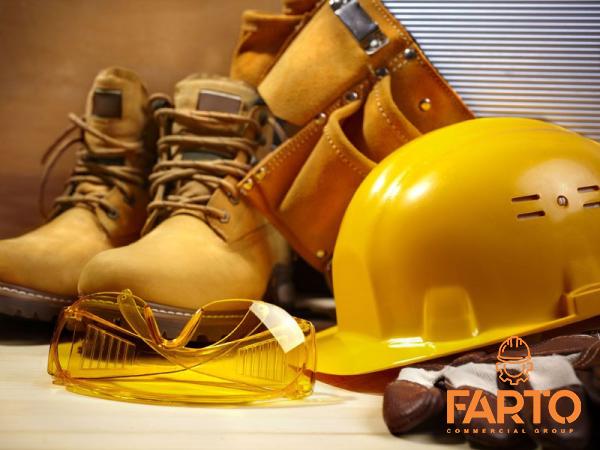 Composite or alloy toe caps provide a lighter alternative while still meeting safety standards. 4. Insulation and Waterproofing: In certain work environments, insulation and waterproofing features are essential to protect against cold, wet, or hazardous conditions. Thinsulate insulation and waterproof membranes, such as GORE-TEX, can keep feet warm and dry without compromising breathability. 5. Anti-Fatigue and Cushioning: For individuals who spend extended periods on their feet, work shoes with anti-fatigue properties and cushioned insoles help alleviate discomfort and prevent fatigue. These features reduce strain on the feet, ankles, and lower back, improving overall comfort and productivity. 6. Slip Resistance: Slip-resistant outsoles with specific tread patterns are crucial for individuals working in environments prone to wet or slippery surfaces. These soles are designed to provide enhanced traction, reducing the risk of slip-and-fall accidents. IV. Recommended Work Shoes and Boots: Based on their specific uses and properties, here are some recommended work shoes and boots: 1. Timberland PRO Men’s 6″ Pit Boss Steel Toe Work Boot: These boots offer ultimate protection with a steel toe cap, slip-resistant rubber sole, and electrical hazard resistance.
Composite or alloy toe caps provide a lighter alternative while still meeting safety standards. 4. Insulation and Waterproofing: In certain work environments, insulation and waterproofing features are essential to protect against cold, wet, or hazardous conditions. Thinsulate insulation and waterproof membranes, such as GORE-TEX, can keep feet warm and dry without compromising breathability. 5. Anti-Fatigue and Cushioning: For individuals who spend extended periods on their feet, work shoes with anti-fatigue properties and cushioned insoles help alleviate discomfort and prevent fatigue. These features reduce strain on the feet, ankles, and lower back, improving overall comfort and productivity. 6. Slip Resistance: Slip-resistant outsoles with specific tread patterns are crucial for individuals working in environments prone to wet or slippery surfaces. These soles are designed to provide enhanced traction, reducing the risk of slip-and-fall accidents. IV. Recommended Work Shoes and Boots: Based on their specific uses and properties, here are some recommended work shoes and boots: 1. Timberland PRO Men’s 6″ Pit Boss Steel Toe Work Boot: These boots offer ultimate protection with a steel toe cap, slip-resistant rubber sole, and electrical hazard resistance.
safety ware + buy and sell
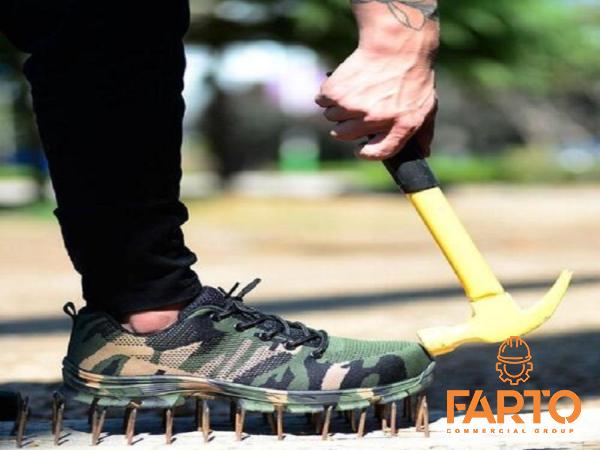 They are suitable for industrial work and construction sites. 2. Keen Utility Men’s Atlanta Cool Steel Toe Work Shoe: Ideal for workers in the healthcare and hospitality sectors, these shoes feature a steel toe cap, breathable mesh lining, and slip-resistant rubber sole. Their lightweight design provides all-day comfort. 3. Timberland PRO Men’s 6″ Direct Attach Soft Toe Boot: Perfect for outdoor work environments, these boots are insulated and waterproof, providing comfort, protection, and slip-resistance. The soft toe design offers flexibility. 4. Carhartt Men’s CMX4046 4″ Lightweight Waterproof Non-Safety Toe Work Hiker Boot: Suitable for those working in agricultural or light-duty industrial environments, these boots feature a waterproof membrane, cushioned insoles, and a slip-resistant rubber outsole. Conclusion: Work shoes and boots are crucial equipment for individuals facing occupational hazards and demanding work environments. The purchase price, uses, and properties of work shoes and boots vary significantly depending on specific requirements. Careful consideration of factors like materials, sole construction, toe caps, insulation, slip resistance, and anti-fatigue features will ensure the right choice for optimum protection, comfort, and durability. By understanding these aspects, individuals can make informed decisions and select the most suitable work shoes and boots for their needs.
They are suitable for industrial work and construction sites. 2. Keen Utility Men’s Atlanta Cool Steel Toe Work Shoe: Ideal for workers in the healthcare and hospitality sectors, these shoes feature a steel toe cap, breathable mesh lining, and slip-resistant rubber sole. Their lightweight design provides all-day comfort. 3. Timberland PRO Men’s 6″ Direct Attach Soft Toe Boot: Perfect for outdoor work environments, these boots are insulated and waterproof, providing comfort, protection, and slip-resistance. The soft toe design offers flexibility. 4. Carhartt Men’s CMX4046 4″ Lightweight Waterproof Non-Safety Toe Work Hiker Boot: Suitable for those working in agricultural or light-duty industrial environments, these boots feature a waterproof membrane, cushioned insoles, and a slip-resistant rubber outsole. Conclusion: Work shoes and boots are crucial equipment for individuals facing occupational hazards and demanding work environments. The purchase price, uses, and properties of work shoes and boots vary significantly depending on specific requirements. Careful consideration of factors like materials, sole construction, toe caps, insulation, slip resistance, and anti-fatigue features will ensure the right choice for optimum protection, comfort, and durability. By understanding these aspects, individuals can make informed decisions and select the most suitable work shoes and boots for their needs.

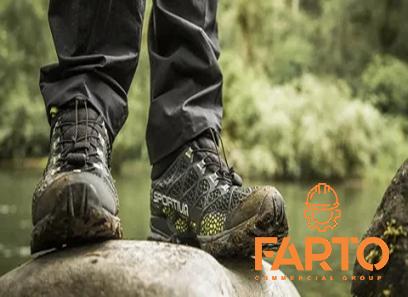
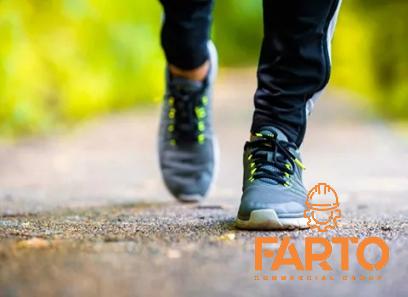

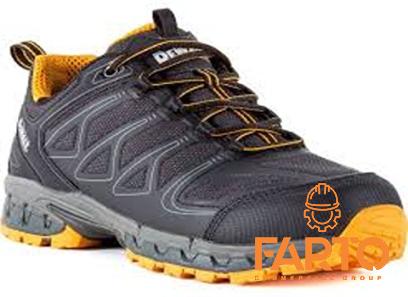



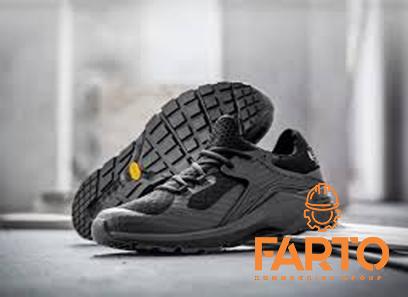
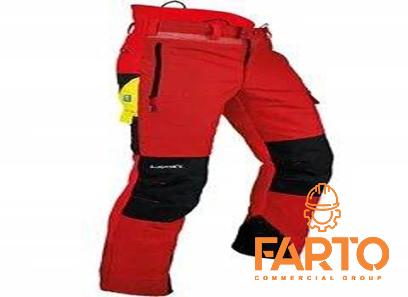
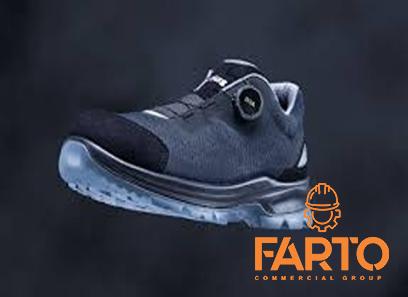
Your comment submitted.